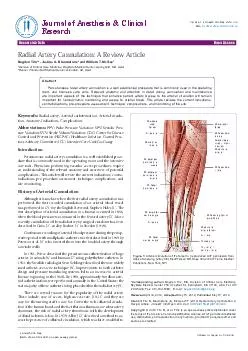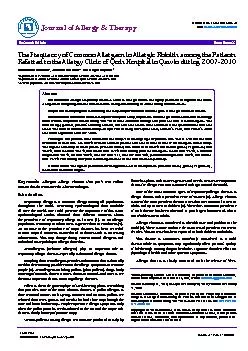PDF-Open AccessResearch ArticleResearch
Author : karlyn-bohler | Published Date : 2016-09-18
KeywordsRadial artery Arterial catheterization Arterial circulaAbbreviations PPV Pulse Pressure Variation SPV Systolic Pressure Variation SVV Stroke Volume Variation
Presentation Embed Code
Download Presentation
Download Presentation The PPT/PDF document "Open AccessResearch ArticleResearch" is the property of its rightful owner. Permission is granted to download and print the materials on this website for personal, non-commercial use only, and to display it on your personal computer provided you do not modify the materials and that you retain all copyright notices contained in the materials. By downloading content from our website, you accept the terms of this agreement.
Open AccessResearch ArticleResearch: Transcript
Download Rules Of Document
"Open AccessResearch ArticleResearch"The content belongs to its owner. You may download and print it for personal use, without modification, and keep all copyright notices. By downloading, you agree to these terms.
Related Documents














